|
Your to-go packaging says a lot about you: Before a customer even sets foot in your restaurant, your packaging immediately communicates messages about not only your brand identity but also about how much you value customer safety, the environment and the quality of your off-premise food. Now that we’re emerging from the pandemic, more operators are picking up where they left off with innovating the packaging and cutlery they include with their off-premise meals. Shake Shack, for one, recently announced it is testing sustainable cutlery and straws from AirCarbon, which includes no synthetic plastics or glues in its products, doesn’t need food crops in its production process, and produces items that are home-compostable, soil-degradable and ocean-friendly. Edible packaging is on the rise too, with materials like mushrooms being fashioned into bowls and seaweed being tested as a plastic-like but biodegradable alternative to traditional plastic cutlery. If you’re currently evaluating the carbon footprint of your menu, consider the entire carbon footprint of the meals you provide (including the containers surrounding them). Of the 78 million tons of plastic packaging produced around the world each year, only 14 percent is recycled, according to the Ellen MacArthur Foundation. Off-premise dining isn’t showing signs of slowing down, and in the months and years ahead, the way you present your food for consumption off-site is likely to play an increasingly important role in how customers perceive your business.
Even before this year, consumers were thinking more about the sources of the food they eat. Last year, a YouGov study of more than 9,000 consumers in the U.S., U.K., Italy, Canada, Spain, the Netherlands and Sweden found that 66 percent of consumers said they would feel more positive about companies that can demonstrate they are making efforts to reduce the carbon footprint of their products. Now that 2020 has put climate concerns under a magnifying glass and also demonstrated to consumers how it can be difficult to get the foods they want when they want them, food sourcing has become even more important. As the Rail reports, some restaurants are stepping up to promote greater transparency around their sourcing and environmental impact by identifying meals on their menus that have a low carbon footprint. Panera, Just Salads and Chipotle are among them – and Chipotle has even developed a proprietary tool that evaluates a menu item against measures including carbon in the atmosphere, water saved, improved soil health, organic land supported and antibiotics avoided. Can your existing technology help you harness data about your inventory that you can then use to market menu items? In addition to helping the environment and building customer loyalty, it could be just plain good for business: Just Salads reported a 26 percent sales increase after they started labeling products with lower carbon footprints.
Restaurants have touted their environmentally friendly practices to consumers for some time – offering local produce, minimizing their waste and changing up their to-go packaging. In fact, the National Restaurant Association reported that back in 2018, more than half of consumers said they would be likely to choose a restaurant based on its eco-friendly practices, such as water conservation and recycling. But some restaurants are now raising their game a step higher in an effort to appeal to guests who are passionate about minimizing their impact on the environment. The fast-casual brand Just Salad announced recently that it would be launching a “climatarian” menu available to customers who order via its web and digital channels. The Spoon reports that guests can select a dish based on its carbon footprint or, in the case of meat lovers, opt for a “conscientious carnivores” dish. Guests will be able to determine the environmental impact of their build-your-own salad offerings too. Expect to see more restaurants drill down on – and promote – details about their sustainability efforts in such ways. According to research from IRI and NYU Stern Center for Sustainable Business, Millennial consumers are most likely to purchase products marketed as “sustainable” – these items are popular across demographics as well – and this trend has held true throughout the pandemic. At the same time, consumer expectations are rising when it comes to the craveability of the eco-friendly foods they buy. Darren Seifer of NPD Group said recently that the food industry needs to maintain and market the taste, health benefits and environmental impact of its offerings to continue to draw eco-conscious consumers.
Many fine dining operators have struggled to make their model work in recent months: At a time when a low-touch, efficient restaurant food experience seems to be the goal, the slower-paced, high-touch hospitality that fine dining is known for can seem very 2019. But 10 high-profile chefs in Los Angeles are finding a way to adapt the fine-dining model for these times. Fast Company reports that the chefs are collaborating on Resy Drive Thru, a 10-course fine-dining drive-thru that will be staged for two nights in mid-October. The chefs collaborated on a menu that is of equal caliber to the food they are used to serving in their restaurants, but it will be served from 10 stations along a track (and in a form that is easier to eat in a car). Guests have a chance to experience a creative variety of high-end food – likely beyond what they might get in a single fine-dining restaurant. What’s more, the drive-thru model, with some planning and collaboration, could easily be replicated in other parts of the country.
The challenges of 2020 are some for the history books. So when food products are available that can make running a restaurant a little bit easier, why not jump on them? Ingredients that are convenient and versatile in the kitchen are in high demand right now: According to recent research from Datassential, 38 percent of foodservice operators say they need more speed-scratch ingredients that remove some steps from the preparation process. They also want the products they buy to be versatile and flexible. In other words, they should have broad applications on the menu and – in case COVID-19 restrictions need to tighten down the line – be easy to store for a later date. There are important labor-related benefits to these foods as well, since they can be prepared (more quickly and with less stress) by a smaller, potentially less-experienced team. So what specific foods might help lighten the load in your kitchen? Datassential says more operators are using more pre-cut vegetables, opting for canned or frozen products in place for fresh, and cutting back on the variety of ingredients they buy. Other products to consider on your menu: ready-made hummus, sauces and marinades, pre-cooked meats, and brown stock reductions that can serve as a base for a range of soups and sauces, as well as add flavor to grain bowls.
Many operators are reworking their business models right now in an effort to keep business going while people are quarantined. Even restaurants that are providing meals through takeout and delivery are branching out and offering a menu of meal boxes that contain various combinations of seafood, meat, produce and appetizers. This approach can tick a number of boxes (and it is the first item suggested in a recent report from FSR Magazine about tactics restaurants should be implementing right now): Meal boxes allow operators to sell larger packages of food at higher price points and with fewer customer interactions, appeal to couples or families who are quarantined together and crave quality meals, help keep suppliers going in these unstable times, demonstrate a restaurant’s values and brand, and reinforce connections with customers. At the UK-based restaurant Little French, operators are offering boxes full of local fruit and vegetables that promote their support of local suppliers, as well as boxes of various cuts of meat and seafood – along with a recipe – to demonstrate the care they put into the preparation of their menu ingredients. To sweeten the deal, they sell home-baked bread, suggest different bottles of wine that complement each box, and offer other specialty items like olive oil, vinegars, cured meats and olives. For those looking for an interactive cooking experience – or a little help with restaurant-style preparation – the restaurant’s chef will be posting videos of himself preparing dishes that use the ingredients in each box. How can you box up the best parts of your brand to keep business flowing right now?
Reusables are on the rise, if the latest news from McDonald’s and Starbucks is any indication. The brands are backing a pilot program called the NextGen Cup Challenge, which involves developing reusable plastic cups with trackable QR codes or RFID chips. Bloomberg reports that the cups are intended to be returned by customers, cleaned and then reused in an effort to take a large bite out of the billions of plastic-lined paper cups discarded by customers of the two brands each year. Is there opportunity for returnable, reusable cups, plates and utensils in your operation? A number of brands – large and small – are providing models for how it can be done. Nation’s Restaurant News reports that the 40-unit fast-casual brand Just Salad has offered a reusable bowl program for close to 15 years – guests who choose their reusable bowls get a free topping on their salad each time. (The brand recently launched a sustainability initiative that rivals those of much larger brands.) It remains to be seen if such incentives will become necessary as restaurants offer more reusable items. Other chains are taking different approaches: The Counter reports that the fast-casual brand Dig, which estimates that 80 percent of its business is take-away, recently launched a program called Canteen. Enrolled guests install a smartphone app and pay $3 each month for a hard reusable bowl that they can return to Dig for washing (and subsequent refilling).
Has your restaurant resolved to use less plastic in 2020? It seems everyone has some plastic guilt nowadays – and there are businesses cropping up to help operators replace plastic and also find new uses for the plastic that already exists. Take Riegel Linen, which was among eight companies to win Restaurant Technology News’s “Restaurateurs’ Choice Award for Environmental Good” competition. The company, which makes linens for a range of industries, found a way to integrate leftover plastic bottles into its textiles. Riegel Linen collects, sorts and inspects plastic bottles, then sterilizes and dries them before crushing them into chips, Restaurant Technology News reports. Once melted down, the material is made into a new fiber that Riegel Linen uses to make napkins and tablecloths. Its RieNu napkins are made from 100 percent post-consumer recycled polyester.
As consumers have demanded packaging that’s friendlier to the environment, operators have quickly replaced plastic straws with paper alternatives, and plastic containers with packaging containing natural materials. But as an investigation by the New Food Economy found recently, the fiber bowls that are widely used in place of plastic contain chemicals known as PFAS that don’t biodegrade and aren’t really compostable, despite being labeled as such. On the contrary, they may actually be making compost more toxic. San Francisco is the first city to ban the bowls, effective in January, and to date, there are no known commercially viable alternatives according to the report. In the meantime, Eater reports that after McDonald’s in the U.K. and Ireland phased out plastic straws in favor of recyclable paper ones that generated customer complaints, the brand introduced a thicker paper straw to replace the first solution. But new reports indicate it is non-recyclable. So what is a restaurant brand to do to become more eco-friendly? Modern Restaurant Management advises operators to first understand the terminology. The term “biodegradable,” for example, sounds eco-friendly but is only indicative of a product that will decompose – and that could take several hundred years. Working with organizations that research and certify environmentally friendly options can help too. Modern Restaurant Management suggests Green Seal, an environmental standard development organization that tests and certifies products, services and venues like restaurants and hotels, then awards certification based on performance, health and sustainability criteria.
At a time when restaurant businesses are feeling pressure to identify new revenue streams, the CIO of Mattson, a food and beverage innovation firm based in Silicon Valley, says many operators are missing out on a potentially lucrative opportunity: meal kits. Barb Stuckey of Mattson told Restaurant Dive that she has long been urging operators to take a look at offering the kits to at least determine if they make sense financially or operationally, but few are following through, save for perhaps Chick fil-A. The brand tested meal kits to positive results last year, according to Forbes, though they haven’t announced future plans for them. Stuckey likes the kits because she thinks they can help operators attack some of the quality-control issues they may experience with delivery. For instance, kits may be worth a shot if you have menu items that could do well off-premise but may not travel as well when they are fully cooked (like fries and sandwiches). Or, if you have brisk lunchtime traffic, promoting the kits during lunch may help you sell to guests who want to sort out their dinner plan in advance. At least, the category could help restaurants tap into a less saturated segment that is ripe for reinvention. According to Packaged Facts said, meal kit market expansion in the future is likely to rely more on alternative purchasing venues than on the traditional subscription model, which can clash with the on-demand mentality of off-premise customers. Restaurants can provide that on-demand experience.
|
Subscribe to our newsletterArchives
April 2024
Categories
All
|
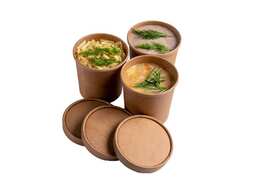
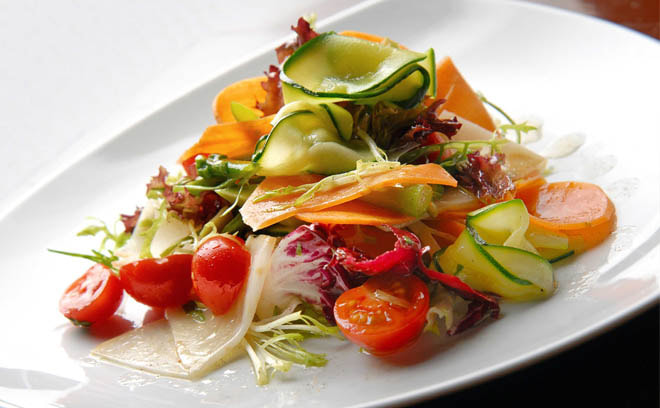
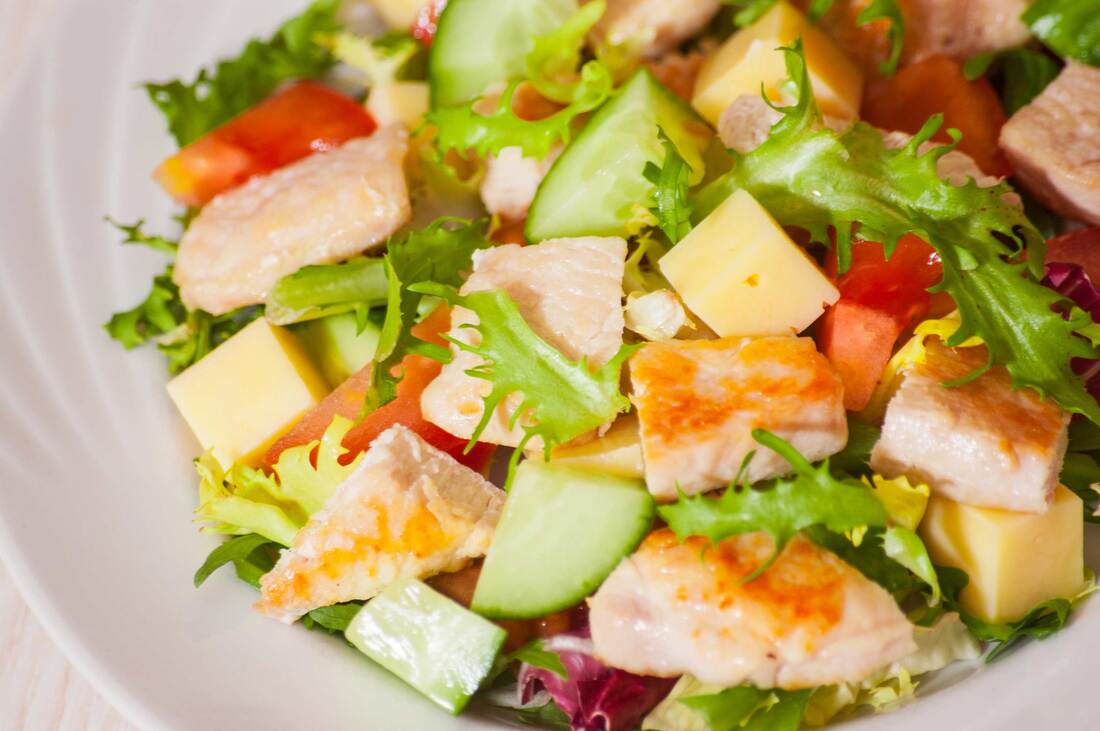

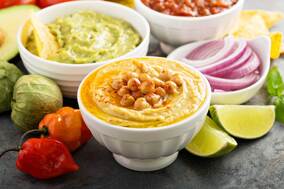

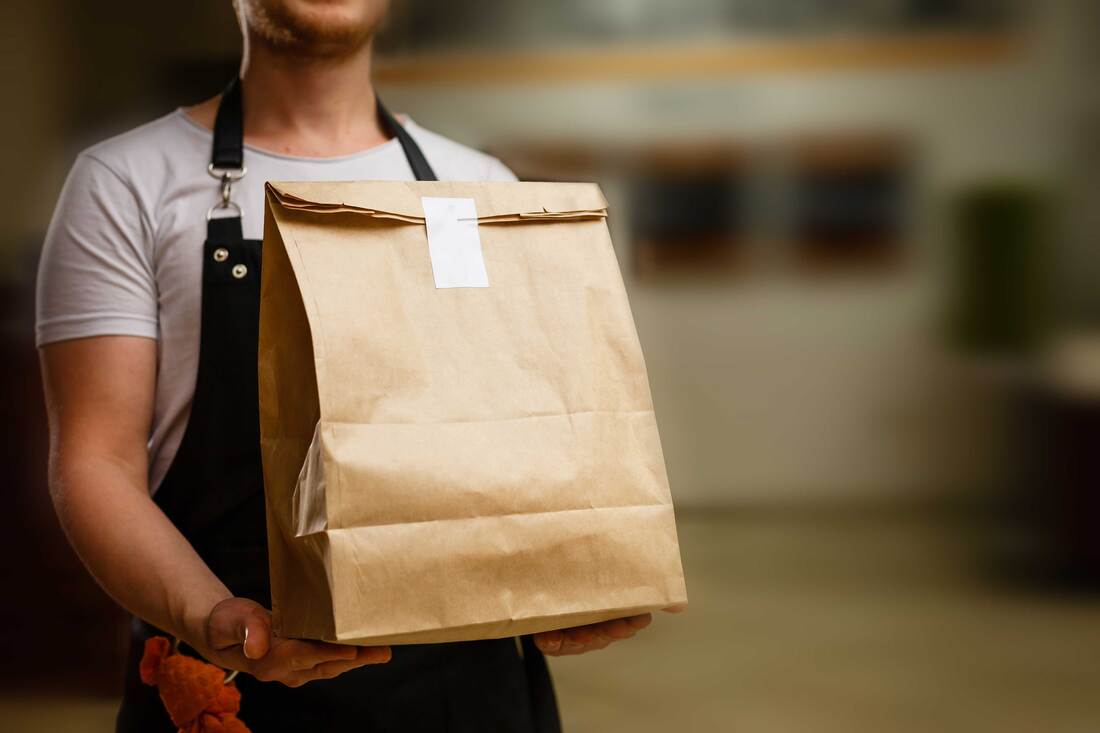
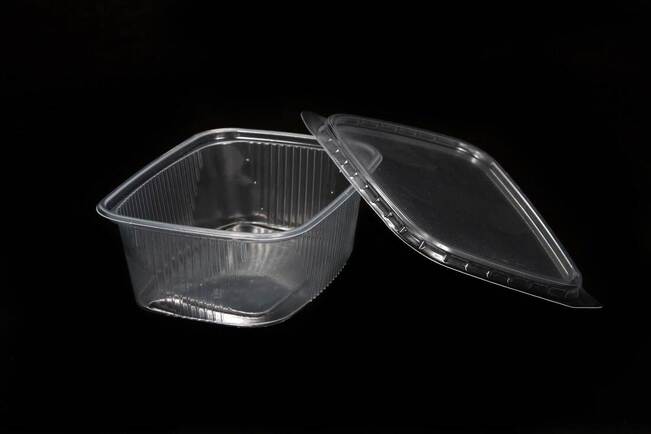
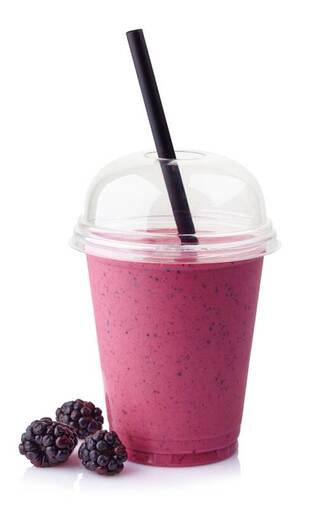


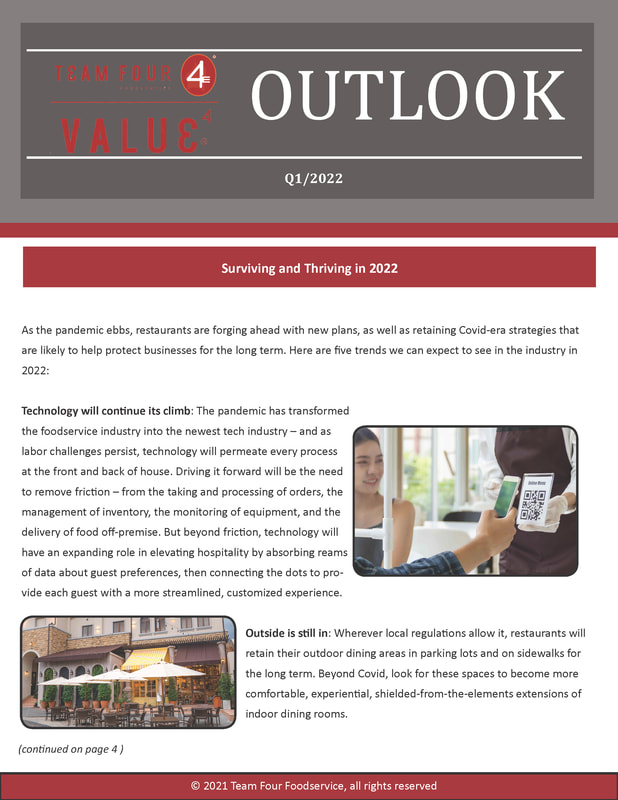

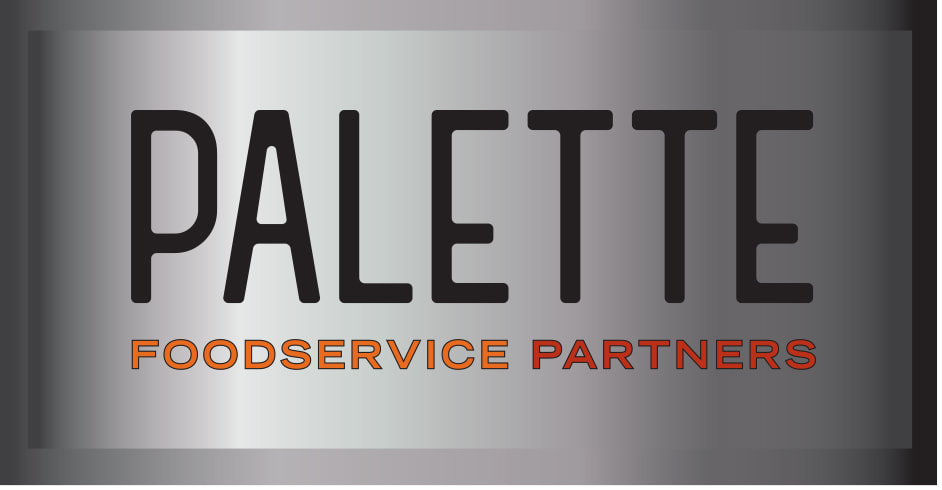
 RSS Feed
RSS Feed